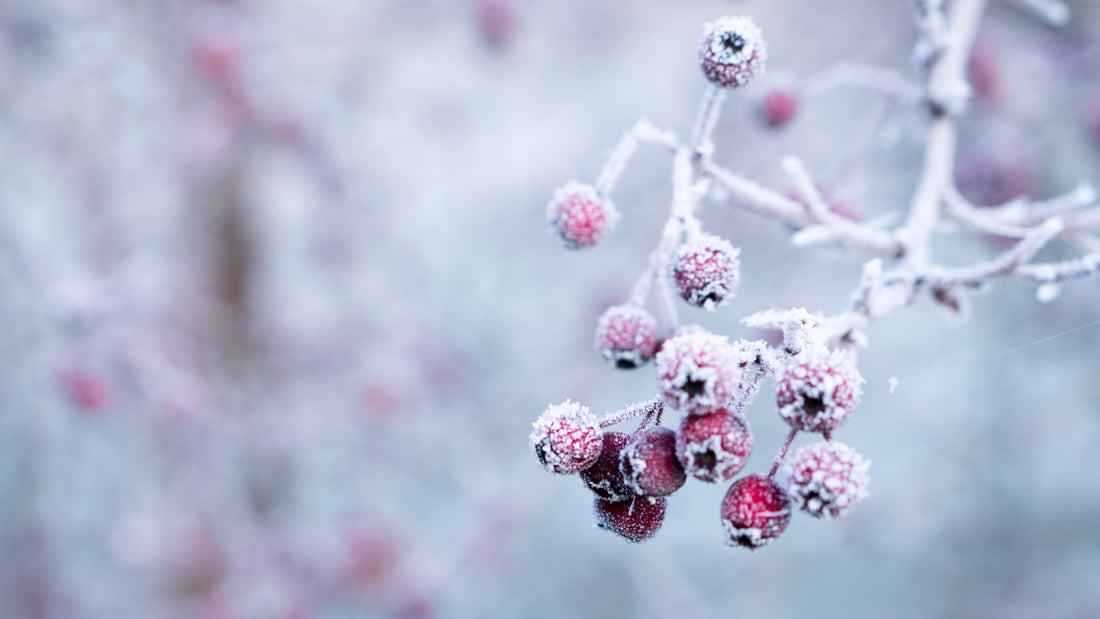Does composting stop in the winter? Nope, at least not here on the West Coast. The composting microbes, and even worms, are still working but very slowly, like food in the fridge. If you made hot compost in the fall, by filling a bin or pile with mixed carbon and nitrogen rich materials all at once, you may have a toasty pile all winter. We have seen melted snow on our bin. Keep adding the browns (leaves, straw, wood chips, shredded paper, etc.) and greens (kitchen scraps, coffee grounds, weeds, etc.), small pieces if you can, and make sure it is damp but not soaked. As always, keep the pile covered with carbon-rich browns such as leaves.
Even if it is slow now, as soon as the temperature warms, the compost will be a flurry of microscopic activity. This is especially noticeable in the prairies or places where your compost will freeze solid. At spring thaw, the compost will be roaring with activity and produce usable compost surprisingly fast. The freezing ruptures the particles and allows the decomposition to take off.
Good news: it’s best not to turn the pile in the winter so that you do not lose heat. Mixing in some manure or alfalfa pellets (rabbit feed) may increase the microbial activity and therefore the heat. If you are a keener winter composter, try lining your bin or pile with cardboard for extra insulation. One Ontario customer wrapped their Speedibin in straw bales and kept the worms wiggling all winter.
Have a winter compost story? Do share! Leave a comment below.

